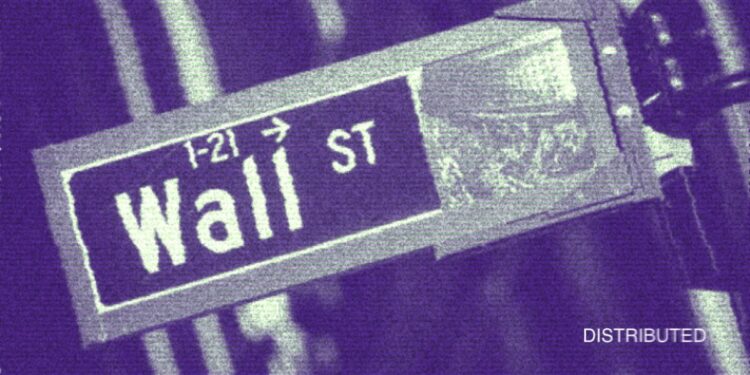Wall Street’s main indexes closed in red this Tuesday amid light trading ahead of crucial economic data and a long holiday weekend. For most of the day, investors displayed minimal confidence as they analyzed the unchanged three-rate-cut dot plot from last week and absorbed various data points indicating stable consumer confidence and a cautious uptick in manufacturing.
Throughout the rest of the holiday-shortened week, home sales data, UMich’s consumer sentiment, mortgage demand, jobless claims, and a last look at fourth-quarter GDP are taking a backseat to the highly anticipated Personal Consumption Expenditures (PCE) report from the Commerce Department, scheduled to be released on Friday, a day when the stock market is closed.
It is important to say that analysts anticipate a slowdown in income growth, dropping to 0.4% from the previous 1.0%, alongside a projected increase of 30 basis points in consumer spending to 0.5%. Regarding the PCE price index, which is considered the Federal Reserve’s favored inflation gauge, analysts anticipate a rise in the year-over-year headline number to 2.5%, while the core number is expected to remain steady at January’s 2.8% figure.
Inflation Numbers And Rate Cuts
Even with inflation numbers above expectations, which might prompt rate cuts in the latter part of the year, Andrew Pease, Chief Investment Strategist at Russell Investments, said that “the delayed effects of past rate hikes have not yet been fully realized,” and expressed worry that the current situation on the stock markets “might ultimately turn out to be overstated.”
Chief Investment Strategist at Russell Investments warned that the risks of a sharper economic slowdown persist and he believes that equities have limited upside. Regardless, Wall Street will be closed on Friday when the report is released, market participants will have an extended weekend to think about the actual figures before responding to them.
Market participants currently estimate a nearly 75% probability of the Fed implementing the first rate cut in June, as indicated by the CME FedWatch tool, a significant increase from approximately 55% observed at the beginning of last week.
However, in a recent interview, Federal Reserve Chair Jerome Powell emphasized the necessity for additional evidence indicating a sustainable decline in inflation before considering lowering interest rates, highlighting that the economy’s robustness has effectively mitigated recession risks.



